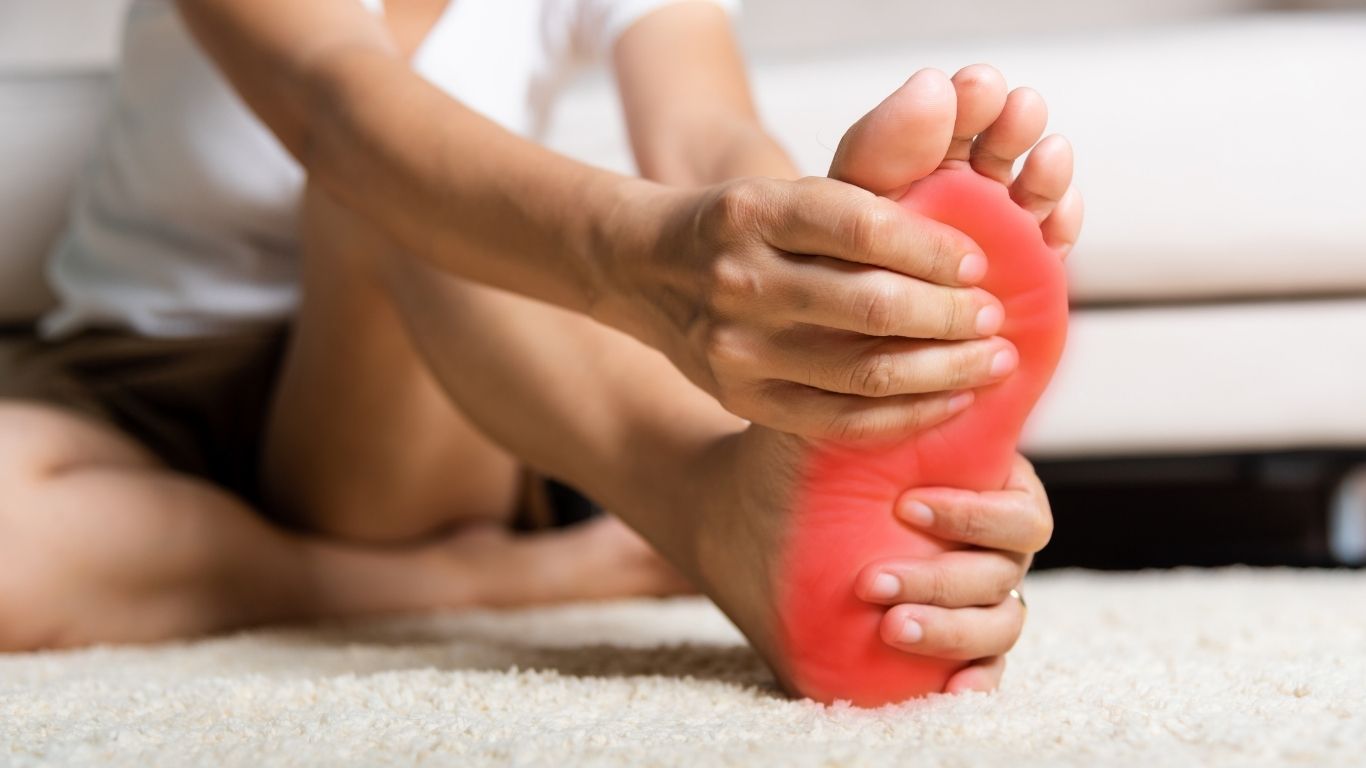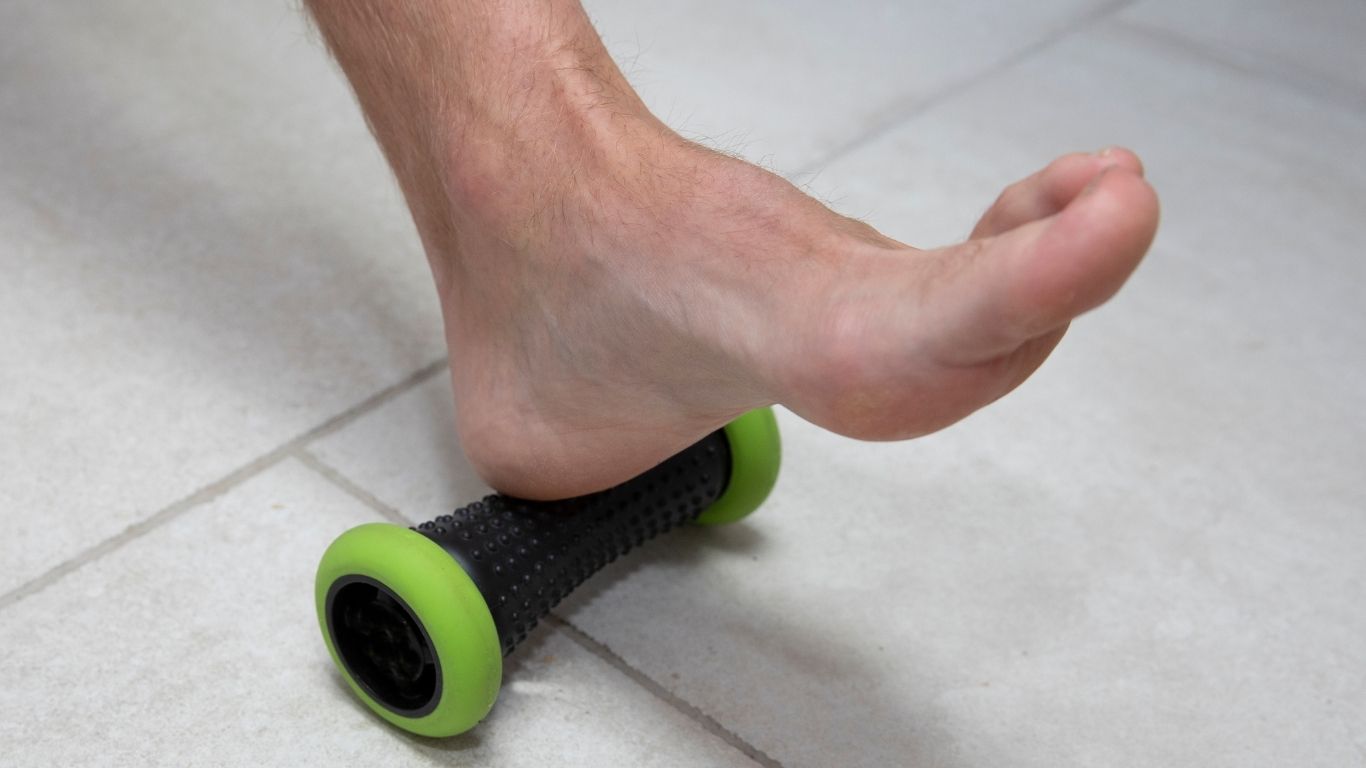Heel Pain
Definition
Heel pain most commonly arises from irritation where tissue attaches to the heel bone (plantar fascia), but can also involve the Achilles tendon, fat pad, or nerves. It’s frequent in walkers, runners, and people who stand for long periods.
Typical Symptoms
- First-step pain in the morning or after sitting (classic for plantar fasciitis)
- Aching or sharp pain under the heel or at the back of the heel
- Tight calves and reduced ankle flexibility
- Pain that eases with gentle movement, then worsens after activity
Common Causes
- Overload of the plantar fascia (sudden increase in walking/running)
- Calf tightness placing extra stress on the heel
- Unsupportive or worn footwear; hard floors
- Training errors, high BMI, or long periods standing
- Less common: nerve entrapment, heel fat pad thinning, stress reaction
Who is affected?
- Walkers/runners and people on hard floors for long shifts
- Those with tight calves, flat feet, or high arches
- People who recently changed footwear or ramped up training
- Children in growth spurts may get heel pain at the growth plate (Sever’s)
Risks if ignored
- Persistent pain limiting walking/exercise
- Compensations leading to knee/hip discomfort
- Longer recovery time and recurrent flare-ups
Prevention
- Gradual training loads; avoid “too much, too soon”
- Supportive footwear with adequate cushioning and a stable heel counter
- Regular calf/plantar fascia mobility work
- Replace worn shoes/insoles; consider work shoe upgrades for hard floors
Treatment
- Diagnosis to rule out non-fascia causes (Achilles, nerve, fat pad, stress injury)
- Load management plan tailored to work/sport
- Calf and plantar fascia mobility + progressive strengthening
- Footwear review; temporary heel lift or taping where appropriate
- Custom or prefabricated orthoses when mechanics and symptoms indicate
- Pain-calming options (ice, short-term NSAIDs if suitable, guidance on activity)
Self-trimming, repeated “rest only,” or aggressive stretching can prolong symptoms. A clear, progressive plan generally works best.
When to see a podiatrist
- Pain persists > 2–3 weeks despite rest/modification
- Severe morning pain or painful first steps
- History of systemic conditions (e.g., inflammatory arthritis) or nerve symptoms
- Children with persistent heel pain affecting sport
Podiatrists near Craigieburn & Gladstone Park
We’ll assess your heel, check footwear and mechanics, and map out a plan you can follow.
FAQ
Is all heel pain plantar fasciitis?
No — the Achilles tendon, heel fat pad, or nerves can mimic plantar fasciitis. An exam helps target the right plan.
Do I need custom orthotics?
Not always. Many cases resolve with load changes, footwear tweaks, and exercises; orthoses are used when indicated.

